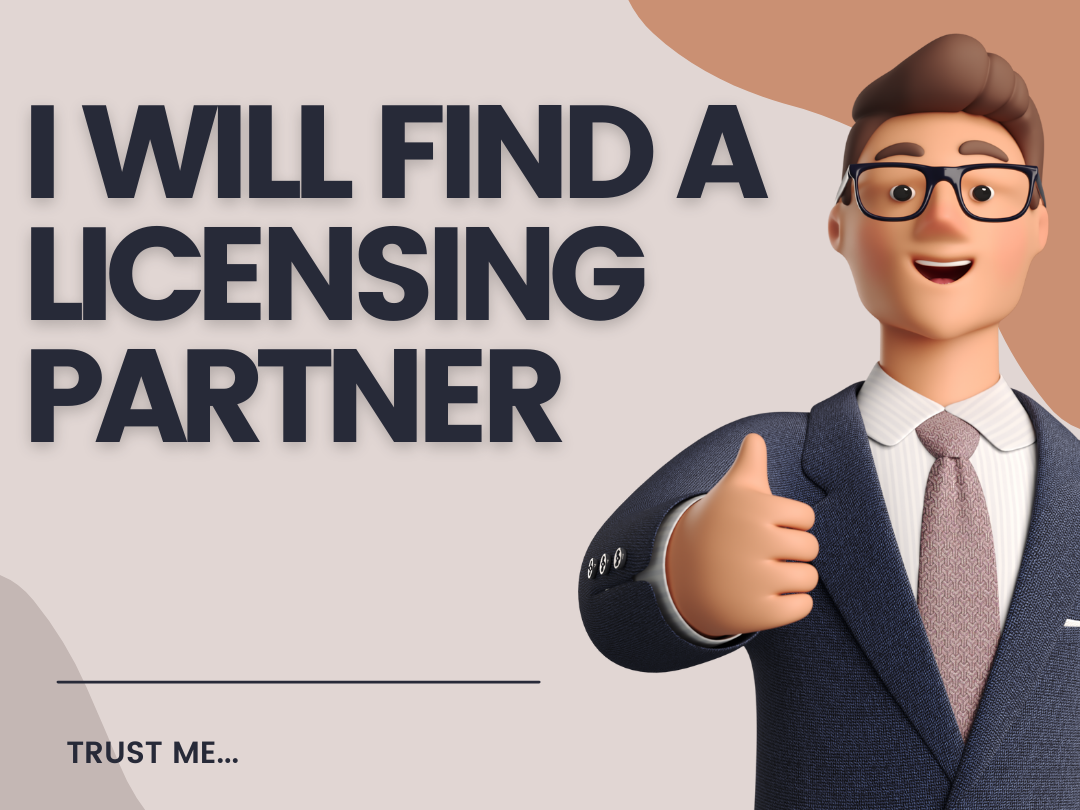
Consider the following scenario…
You are the CEO of an emerging biotech company.
You have managed to raise enough capital to advance a small molecule through Phase I studies.
You are now planning to advance this candidate into multiple Phase II studies across several indications and therapeutic areas.
Your Board of Directors would strongly prefer that you finance some or even all these studies via “non-dilutive” sources of capital.
Securing grants would be nice. But finding a “Big Pharma” licensing partner would be even better, as this may provide positive validation of the underlying technology, the drug candidate, the entire company, and (perhaps), the management team and Board.
So, what do you do?
1. You put together your 10-slide “pitch” deck. Afterall, you need a pitch deck. So you take your investor deck, add some more “science stuff” to it, and…voila! Deck is done.
2. Your Administrative Assistant books your travel to conferences and prospective partner offices in San Francisco, San Diego, Boston, New York, Chicago, London, Paris, Basel, and Berlin to meet with all the “Big Pharma” companies. (Decision makers only, please).
3. You spend 16 months on a whirlwind global tour visiting expensive offices and staying in expensive hotels, and…
4. You find yourself fired by the Board and replaced by your lead investor who works for a top VC firm and has no biopharma experience.
What happened?
What went wrong?
Was it the pitch deck? Too much science? Too little science?
Too many headshots with logos of former employers?
Nope.
The problem is the underlying assumption that the drug candidate is licensable in the first place.
In other words, this entire process as described assumes the candidate is attractive and ready to be licensed right now. Hence, it’s merely a question of finding the licensee that will pay the most for the opportunity.
We see many companies make this same mistake. This can be driven by hubris, or Board pressure, or other reasons. But regardless of the underlying drivers, the assumption that a drug candidate is ready to be out-licensed is usually wrong…and independent of the quality of the out-licensing process (a topic for another day).
But can this have been predicted in advance?
Prevented, even?
Not entirely.
But the probability of a successful license process can be anticipated to a certain degree. This anticipation can help significantly manage expectations for both management and a company’s Board.
So, what can we do to manage expectations?
The problem is the underlying assumption that the drug candidate is licensable in the first place.
No-one in particular…
Enter the Licensability Analysis
What is a Licensability Analysis?
This analysis looks at licensing trends in a particular therapeutic area, and compares those trends with the drug candidate being made available for licensing.
This comparison enables companies to understand the probability of a successful out-licensing process. In most cases, the analysis can divert companies away from an out-licensing process that is unlikely to be successful and towards a fundraising process. Raising fresh capital may be the answer to the “what do we do next?” question that is rarely asked.
Our analysis consists of four segments:
Licensing Environment – A summary of alliances and related transactions for that therapeutic area and indication(s), including transaction financials (where available). We also assess the general size and scope of the licensees (i.e., Big Pharma, Specialty Pharma, etc.).
Assessment – This is essentially a gap analysis, which compares the candidate characteristics versus the general licensing environment for that indication and therapeutic area. We answer some fundamental questions about the candidate relative to the environment, with an emphasis on any data which may be missing such as clinical data, competitive assessments, and the like.
Go / No Go – Finally, arrive at one of three possible conclusions. First, we may recommend proceeding with a full out-licensing program (“Go”). Second, is a clear “No Go” where we conclude that additional investment is necessary to improve the probability of a license. Third is a middle ground opinion (“Go with Managed Expectations”) where we conclude that engaging with potential licensees makes sense, but with the realization that a license at this stage is unlikely.
There is admittedly a flaw in the logic behind this analysis.
Specifically, this analysis relies on public, published information about licensee areas of interest. It depends on past licensing activity and current statement, and then projects forward. It assumes that the past and current strategy will remain in place in the future. It does not consider ongoing analyses and shifting strategies which may be taking place behind closed doors. Other changes, such as major changes to the management teams (and corresponding changes to R&D and licensing strategies) are also impossible to predict by merely examining public data.
However, it is not the intention to provide a precise prediction about whether an out-licensing effort will be successful. The ultimate intention here is to help Management (and their investors) to manage expectations.
And it is this management of expectations that is the key point. Too often we see CEOs lounging around partnering halls staring at their phones while they “wait for their next meeting.” We have often wondered if that CEO should be out meeting with investors instead.
Again, there is nothing wrong with trying to establish and develop relationships now for a future licensing event after the next set of data are available. But again, this assumes that the candidate will be of interest in the first place.
Whether or not this is true is a hypothesis that should be assessed more often than is currently.
